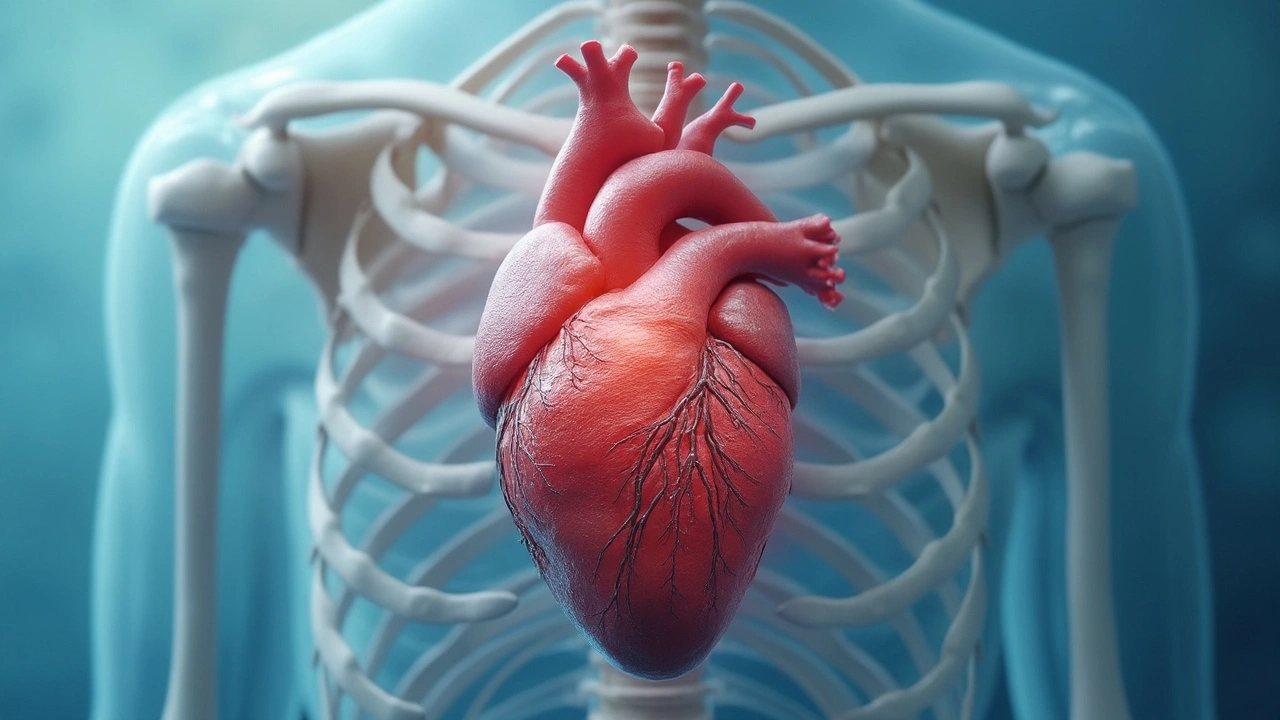Osteoporosis: How to protect your bones and avoid fractures
Osteoporosis quietly weakens bones until a simple fall can cause a fracture. If you’re over 50, female, or take certain medicines, this matters. Here’s a clear, practical guide to spotting risk, getting tested, and taking steps that actually help your bones.
What causes osteoporosis and who’s at risk?
Bones lose density with age, but several things speed that up: low calcium or vitamin D, long-term steroid use, smoking, heavy drinking, low body weight, and some medical conditions like rheumatoid arthritis or thyroid problems. Women after menopause face a bigger drop in bone density because of lower estrogen. Men get osteoporosis too, especially after age 70 or if they have health issues or take certain meds.
Genetics matter. If your parent broke a hip, your risk rises. Physical inactivity is another big one—bones need stress from activity to stay strong. Understanding your personal risk makes choosing tests and treatments easier.
Simple steps to prevent bone loss
Start with the basics: build stronger bones and reduce fall risk. Aim for regular weight-bearing and resistance exercises—fast walking, stair climbing, light weight training, or bodyweight moves three times a week helps. Work on balance with heel-to-toe walks or single-leg stands to lower fall chances.
Eat enough calcium (about 1,000–1,200 mg daily for most adults) from dairy, fortified plant milks, canned fish with bones, or greens. Get vitamin D through safe sun, fortified foods, or a supplement—many adults need 800–2000 IU daily depending on levels. Talk to your doctor about a blood test for vitamin D if you aren’t sure.
Quit smoking and limit alcohol to protect bone-building cells. Review medications with your provider—some drugs raise fracture risk and may have alternatives or protective steps you can take.
Routine balance and home-safety checks matter: remove rugs, add grab bars, improve lighting, and wear shoes with good grip.
When to get tested: if you’re a woman 65+ or a man 70+, have a fracture after age 50, or have risk factors like steroid use or low body weight, ask for a DEXA scan to measure bone density. That result helps decide treatment.
Medication choices vary by risk. Bisphosphonates like alendronate or risedronate are common first-line drugs to reduce fracture risk. Other options include denosumab, selective estrogen receptor modulators, or anabolic agents for very low bone density. Each has pros and cons—discuss side effects and duration with your clinician.
Follow-up is key: repeat bone density tests, track calcium and vitamin D, and reassess fall risk every year. Small consistent changes—walking, better nutrition, and sensible medicine when needed—cut fractures and keep you active.
Have questions about a specific treatment or medication? Use CanPharm’s articles and tools to compare options or talk to your healthcare provider for personalized advice.

Hypertension's Hidden Toll on Bone Health
High blood pressure isn't just a heart concern—it can take a toll on your bones, too. Studies reveal a connection between hypertension and decreased bone density, leading to conditions like osteoporosis. Explore the surprising impact of high blood pressure on your skeletal system and discover practical strategies to support both heart health and strong bones.
- Health and Wellness (58)
- Drug Information (45)
- Pharmacy Information (19)
- Medical Conditions (17)
- Supplements (4)
- Travel Health (2)
- Parenting (2)
- Diabetes (2)
- Mental Health (2)
- Heart Health (1)
-
Government Medication Assistance Programs by State: What’s Available in 2025
7 Dec 2025 -
Cephalexin vs Other Antibiotics: Complete Comparison of Cephadex and Alternatives
26 Oct 2025 -
Ashwagandha vs Other Adaptogens: Detailed Comparison
18 Oct 2025 -
Switching from Brand to Authorized Generic: Practical Tips for Patients and Pharmacies
20 Nov 2025 -
Buy Generic Tamoxifen Online in Australia: Safe, Legal, and Low-Cost Options (2025)
9 Sep 2025

12.03.25
Alistair Mukondiwa
11